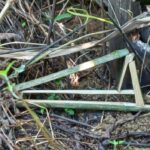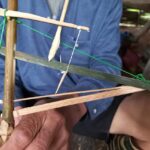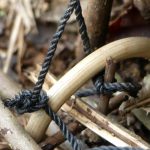In the open landscape of the savannah, pinpointing wind direction is essential for navigation, tracking, and staying undetected by wildlife. Follow these key methods to read the air:
- Natural Indicators: Watch the movement of tall grasses and the sway of tree canopies. Drop a bit of dry dust or crumbled hare dropping from shoulder height to see which way it drifts.
- Sensory Cues: Wet your finger and hold it up; the side that feels coldest is the direction the wind is coming from.
- Aids & Tools: Use a lighter flame or a small puff of ash powder to detect even the slightest thermal shifts that are invisible to the eye.
- Local Terrain: Be aware that wind often follows drainage lines or pours over ridges, changing direction as the sun heats the ground throughout the day.
Why Wind Direction Matters in the Savannah
Determining wind direction is necessary when hunting or tracking in Southern African wilderness areas. In addition to being constantly aware of wind direction, the relationship to the sun must be checked at all times. Only when the wind is not carrying our smell toward the game is it possible to stalk them. Some animals have hearing or vision that is more acute than their sense of smell, but, in general, all animals should be approached downwind. Any noise has to be avoided, and the stalker should not be walking in the sun but in the shadows.
Various methods are used to determine wind direction when moving through Southern African wilderness environments. They all have to be highly sensitive, as wind is often not directly sensitive but can carry our odor quickly and far enough for animals to detect.
Using Natural Indicators: Grass, dust, and hare droppings
The most common way to gauge the wind direction is to observe swaying tree canopies. This is a self-evident and insensitive method that requires no further justification. But in most cases under savannah conditions, it will not be available. Wind in this ecosystem must be monitored using highly sensitive indicators.
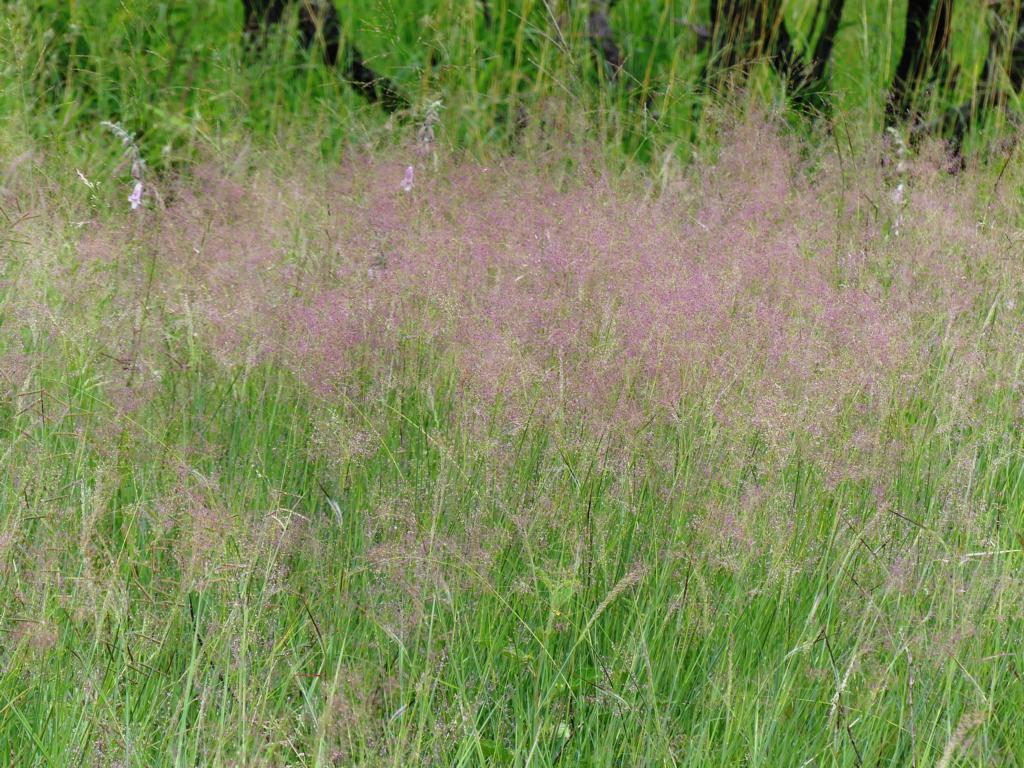
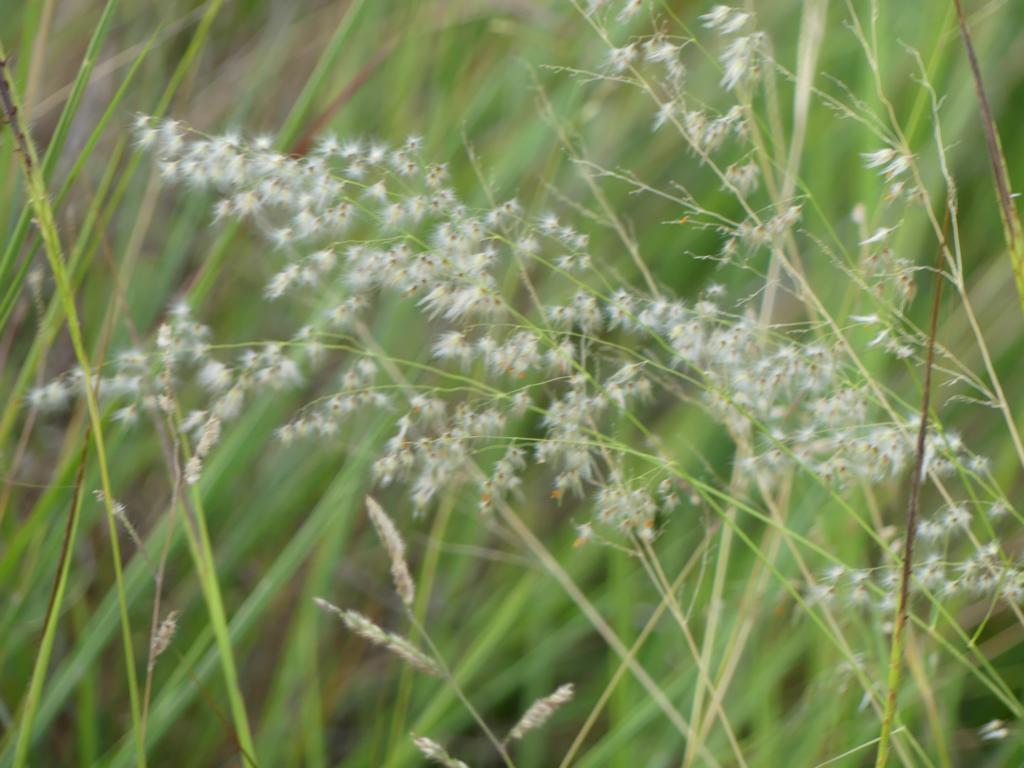
The easiest method is to observe moving grass heads. Again, these have to be very sensitive grasses, such as Natal red top (Melinis repens), Guinea grass (Megathyrsus maximus), Common Fingergrass (Digitaria eriantha)—which is quite top-heavy—and others. It must be considered that grasses are anchored at the base, which restricts their movement.
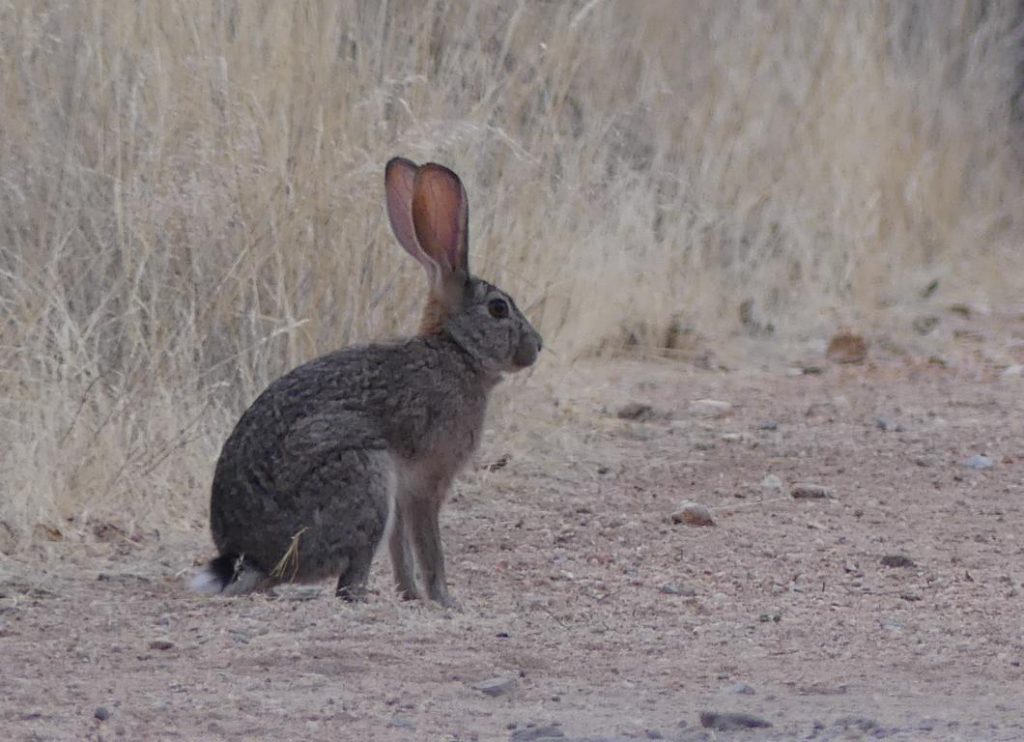
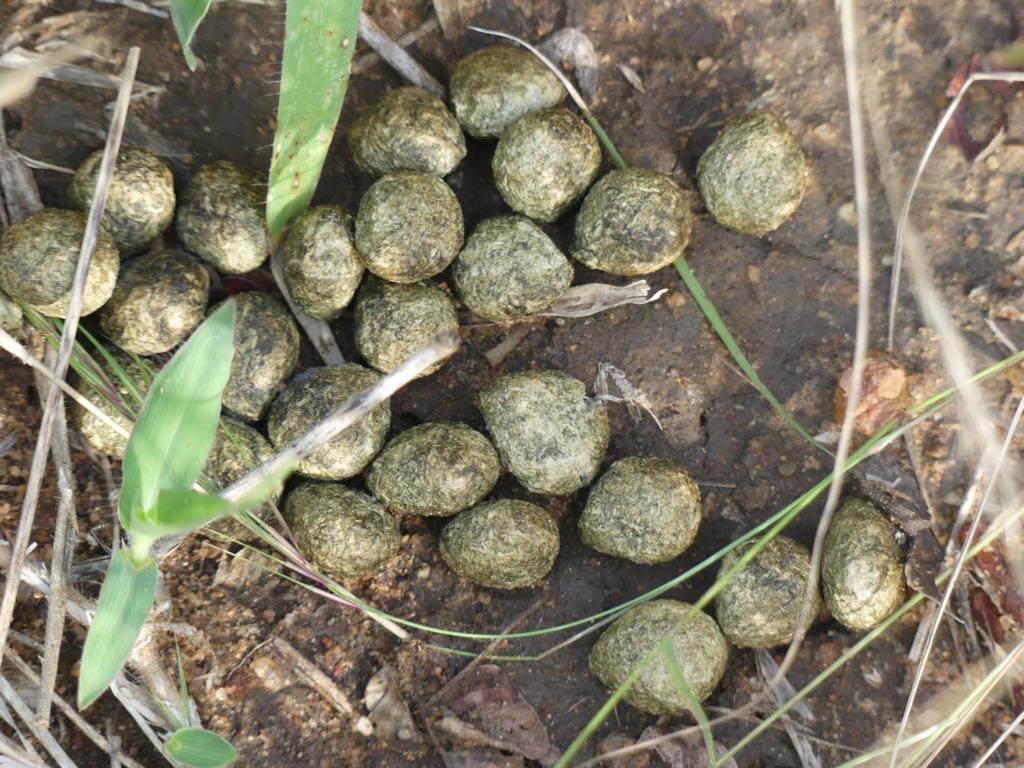
My personal favorite, however, is different. It’s Scrub hare (Lepus saxatilis) feces. These scrub hare droppings are ubiquitous in African savannahs. And they do not care about geology or the hardness of the ground surface or whatever – they are just there. Scrub hares have the nice (for us) habit of feeding on their own droppings when freshly deposited. Biologists call it ‘coprophagy’, which keeps as many vitamins, minerals, and enzymes as possible back in the hare’s body.
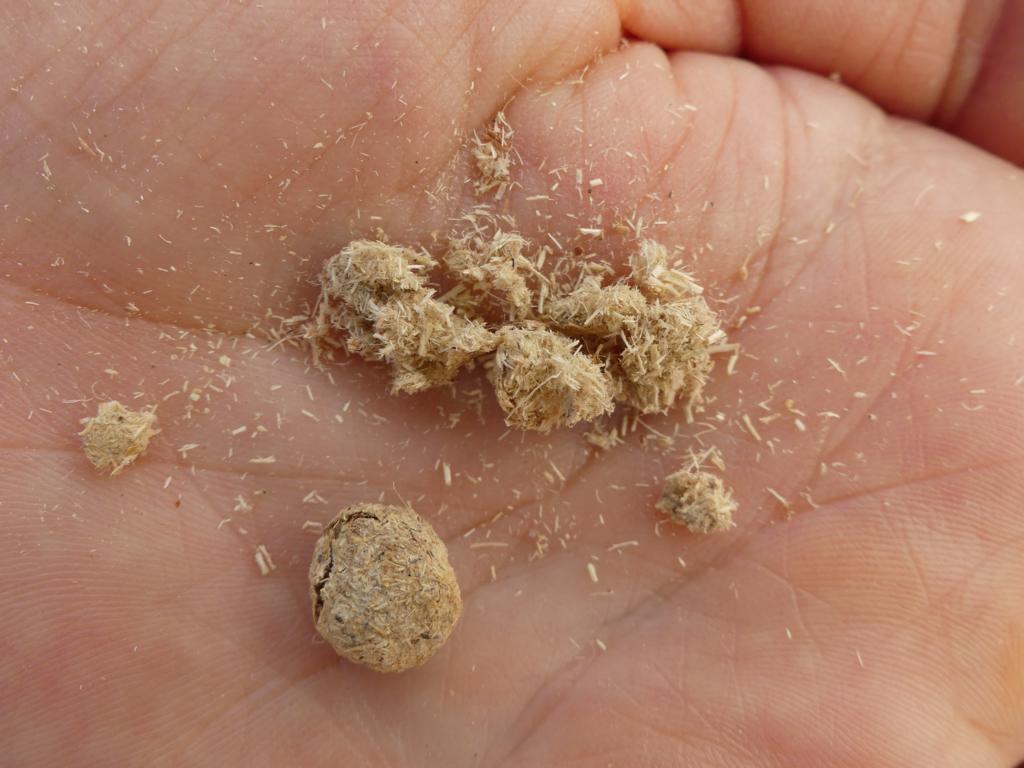
Because of this double-chewing behavior, scrub hare droppings contain tiny particles. Taking a scrub hare, dropping it into the hand, and crumbling it in the air will provide an obvious and sensitive indication of the wind direction.
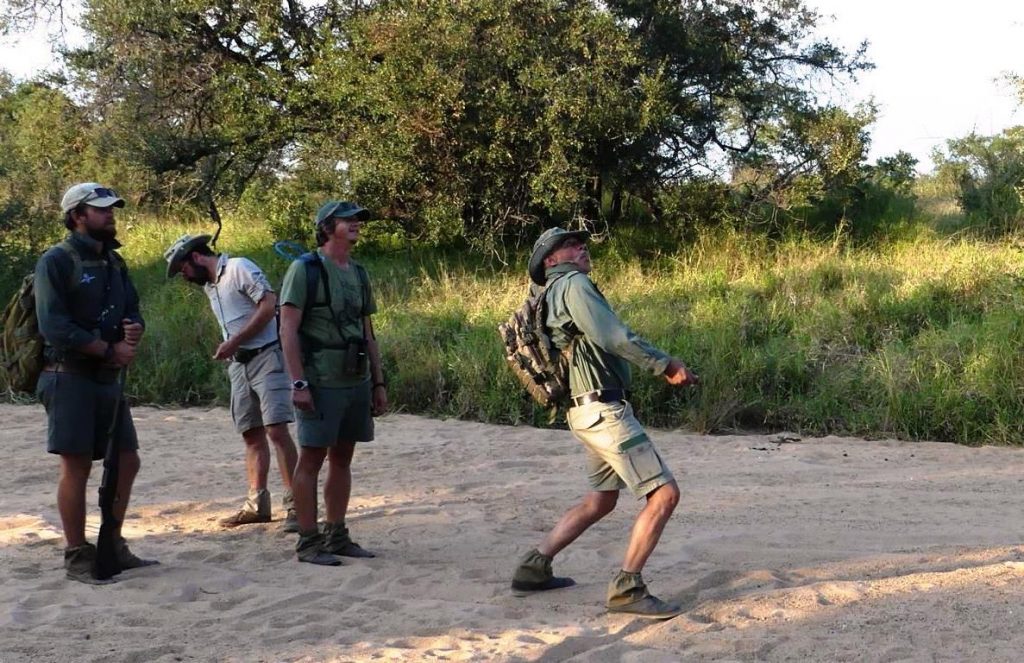
On the lighter side: if kids like to play in Southern African savannahs, they take hare droppings into their mouths (no vitamins, minerals, or enzymes are inside anymore) and start a scrub hare-dropping distance spitting competition!
An even easier method is using fine dust particles. In some very sandy areas, the sand has a fine-grained size distribution, with a high fraction of fine particles. Such sand can be taken from the ground, held high, and left to fall. Depending on the number of very fine particles, the wind direction can be determined immediately.
Using sensory cues

For this method, a finger is wetted with spit and held into the wind. The side from where the wind blows will feel cooler. This method is not always applicable, as at hotter temperatures, it is too insensitive for practical use.
Another method, particularly in colder climates, is to expose skin to the wind. Usually, it can be felt on the cheeks in which direction the wind is blowing.
The Best Tools for Detecting Light Breezes
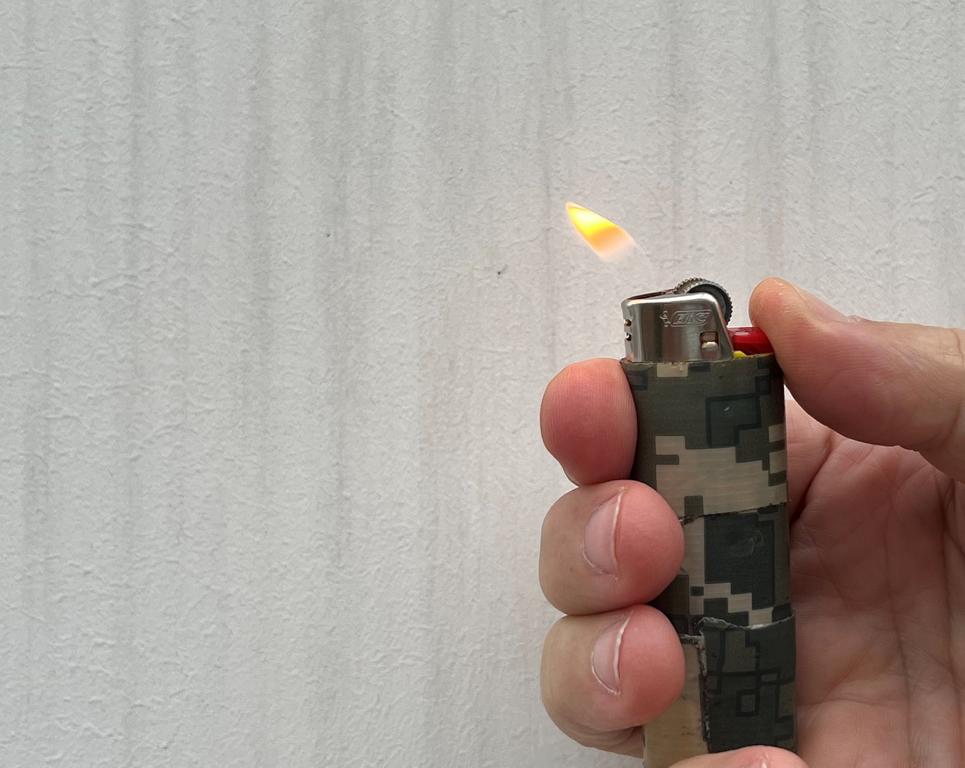
If possible, use a lighter and observe the direction the flame moves. The disadvantage of using a lighter is the possibility that the game will hear the flick of the steel wheel on the flintstone. If this brief noise is acceptable, it’s the best method of determining wind direction.
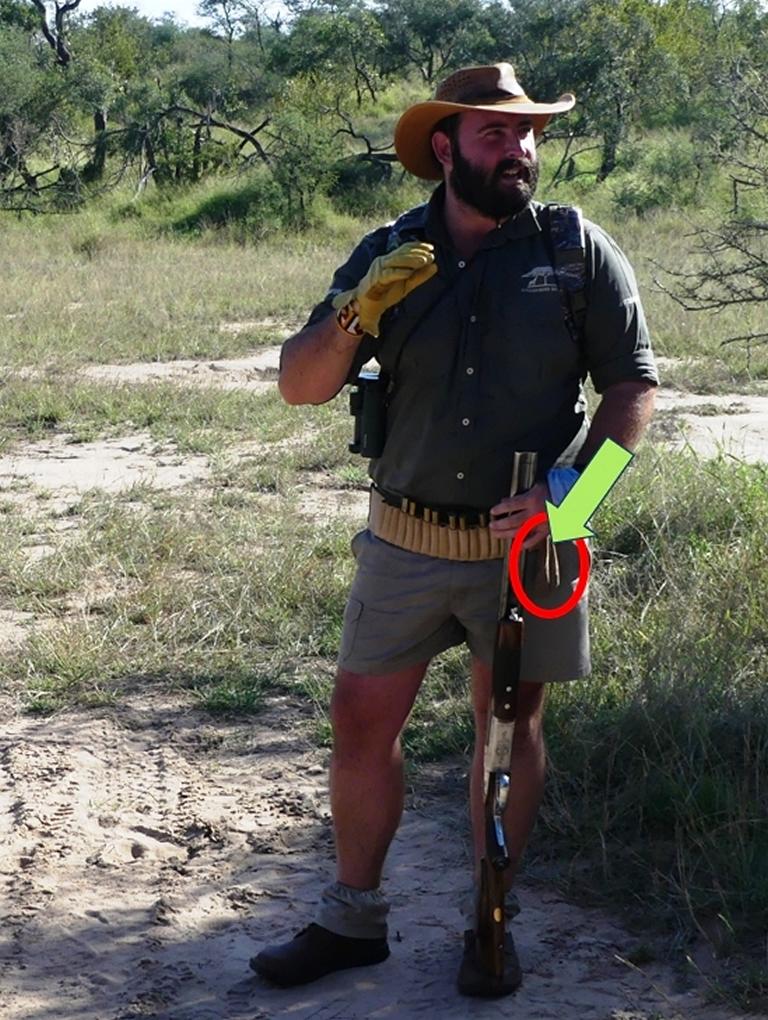
Another method used by Professional Hunters is the ash bag. They cut off an old, thin sock, fill it with wood ash from a cold fire, knot it up, and hang it on their ammunition belt. For wind direction testing, they remove it from the belt, hold it in the air, and tip it onto a finger. It is remarkable how clearly these fine ash particles reveal wind movement— and the refill of the bag is free of charge.
How Terrain Affects Savannah Wind Patterns
In the open savannah, terrain acts as a physical barrier that redirects and accelerates airflow. Although the landscape appears flat, subtle features such as ridges, depressions, and kopjes (rocky outcrops) create complex microclimates.
Key Terrain Effects:
Ridges and Slopes: Wind accelerates as it moves up a slope, reaching a maximum at the crest. On the leeward side, the air often “breaks,” creating turbulent eddies or calm pockets.
Depressions and Gullies: Cool air, being denser, sinks into low-lying areas at night. These “drainage lines” funnel light breezes along the valley floor, even when the plains above are still.
Obstruction and Buffering: Clusters of trees or rock formations act as windbreaks, forcing the air to “bellow” around the edges or lift upward, which can carry scents or seeds over long distances.
Understanding these patterns is vital for tracking, as animals often utilize “sheltered” zones to rest, avoiding the high-velocity winds found on exposed hilltops.
Lessons learned from determining wind direction in nature:
- When hunting or trailing in African savannah wilderness areas, someone must be constantly aware of wind direction.
- Checking wind direction on open skin (face, wetted finger) is often too insensitive.
- Better methods are opening flames of lighters and ash bags or throwing sand into the air.
- The best method, however, is to crumble scrub hare droppings for checking wind direction.



